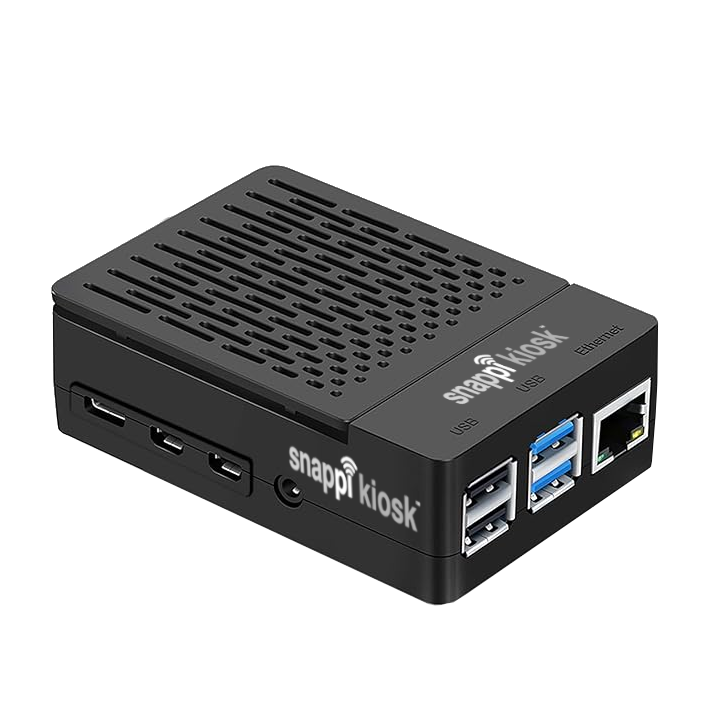Instruction Details
- Temperature:
- 400°F / 204.44°C
- Time:
- Press: 4-5 minutes; Oven: 15 minutes
- Pressure:
- Light
- Prepress:
- N/A
- Substrate:
- MUG03 (Part numbers may vary by distributor)
Additional Items Needed
- Heat Tape
Heat Press Method Instructions
1. Print the transfer. Note that the typical imaging area is 1.25” in from the handle and .25” from the top and bottom sides of the mug. Beyond that, follow our directions for top to bottom transfers.
2. Trim the transfer so none of the paper is hanging over the edge of the press. If you are going to use heat tape to attach the transfer make sure to leave some unimaged paper on the edges closest to handle to attach the tape.
3. Lightly mist transfer with DyeTrans Adhesive Spray and let dry 15-20 seconds. Carefully place the transfer on the mug, smooth wrinkles. If you did not place the image perfectly the transfer with prospray is repositionable.
Note: If you have poor image edges - one idea is to slightly dampen the back of the image transfer - position it and wipe with slightly damp cloth.
Or
Place heat tape on the transfer edges closest to the handle that does not have sublimation ink on it after you have aligned the image on the mug. Use heat tape to attach the transfer to the mug taking care not to cover any of the imaging area
4.. Wrap the mug with protective plain white paper. Do not allow paper to extend well above or below the top and bottom of mug. This part of the paper may wrinkle and the wrinkles will imprint onto the mug. But DO cover the entire mug with plain paper or you may “caramelize” the coating and it will turn brown or yellow. To imprint closely to handle, use the green pad, wrap loosely at the handle bulge, this will allow more complete imaging.
5) Press with Temp/Time/Pressure settings listed above.
6. Use a fan to cool ceramic mugs.
7. Remove any paper residue with a soft wet cloth or dish sponge.
Oven Instructions
Imaging with a DyeWrap:
1. Print the transfer. Your image for any of the mugs needs to be about .25” from the top and bottom of the mug and 1.25” from the handle.
2. Trim the transfer to just under the size of the mug.
3. Lightly mist transfer with DyeTrans Adhesive Spray.
4. Place the transfer on the mug, smooth wrinkles.
5) Wrap the mug with protective paper. Portions of the mug that come into direct contact with the rubber heat platen will yellow.
6. Press.
7. Remove the transfer, then allow the substrate to cool. It is recommended you accelerate the cooling process on all but the animal handle mugs and glass steins by submersing ceramic mugs in room temperature water for about 3 minutes. DO NOT DIP GLASS MUGS or STEINS IN WATER.
8. Remove any paper residue with a soft wet cloth or dish sponge.



